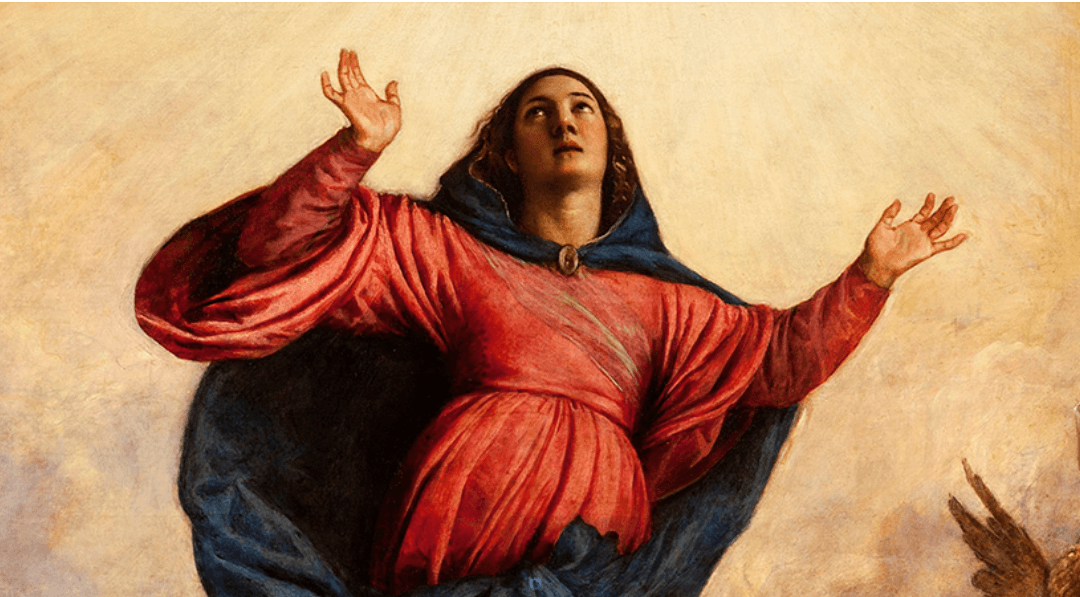Down through the centuries, artists have produced great artworks that have stood the test of time and, today, are priceless and irreplaceable. But time can ravage these works, and they need to be brought back to their original glory. That’s where art conservators come in. They use their skills to restore art that has fallen into disrepair.
In 1516, the church of Santa Maria Gloriosa dei Frari (known as the “Frari”) in Venice, Italy, commissioned Tiziano Vecellio (circa 1488–1576) to create an altarpiece. It was his first big job. He completed the painting two years later and it caused a sensation. It was showing the ravages of time.






